In the grass near the pavilion, stone blocks stand in rough steps, the color of quartz and clam shells. In an ordinary year, children would be climbing on them freely, and on hot days they could have a drink of cold water. This summer, they will have to keep a few feet away from the sculpture … but they can come with their families and run across the lawn.
Agustina Woodgate’s work stands out from a distance, said Jessica Puglisi, communications director at Art OMI in Ghent, N.Y. Up close, she can see the fossils in the rock.
The sculptures are made of limestone, but not the local stone where ferns and columbine grow at Bartholomew’s Cobble, or the marble along the Hoosic and Housatonic rivers. These blocks are oolite from southern Florida. They’re the bedrock of Miami and the keys, condensed from sand and coral and fossil sea urchins. And each one holds a water fountain.
Woodgate created them out of a growing concern for clean water, Puglisi says — a matter for public debate in Florida, where the seas are rising, and here in the river valleys, where generations of industry left many rivers unfit to drink.
He worked with neighbors in La Perla and around the island to build a rounded bowl by hand outside the Old San Juan walls, on reclaimed land along the Atlantic Ocean.
And now, in Covid-19, Woodgate’s fountains are raising the question in a new way, as the museum keeps them turned off to ensure health and safety. Woodgate’s The Source has come as a new work to the OMI International Arts Center this summer, installed even in the upheaval of this spring, as OMI has closed its indoor spaces and adapted to the Covid-19 pandemic.
The sculpture park has kept open as a park, Puglisi says, while new York State has allowed parks to stay open, and as the state began gradually to re-open, the museum staff finished several outdoor installations in high summer and then opened the indoor galleries with safety measures.
Creative places across the region have begon to re-open as state guidelines allow, balancing a need for health and safety with a need to keep going, to connect, to support the community and the local economy.
In Massachusetts, museums are adapting their gardens and grounds, integrating virtual content and outdoor artwork and exhibits, and even outdoor dining, and historic houses and museum galleries have begun to re-open under careful conditions.
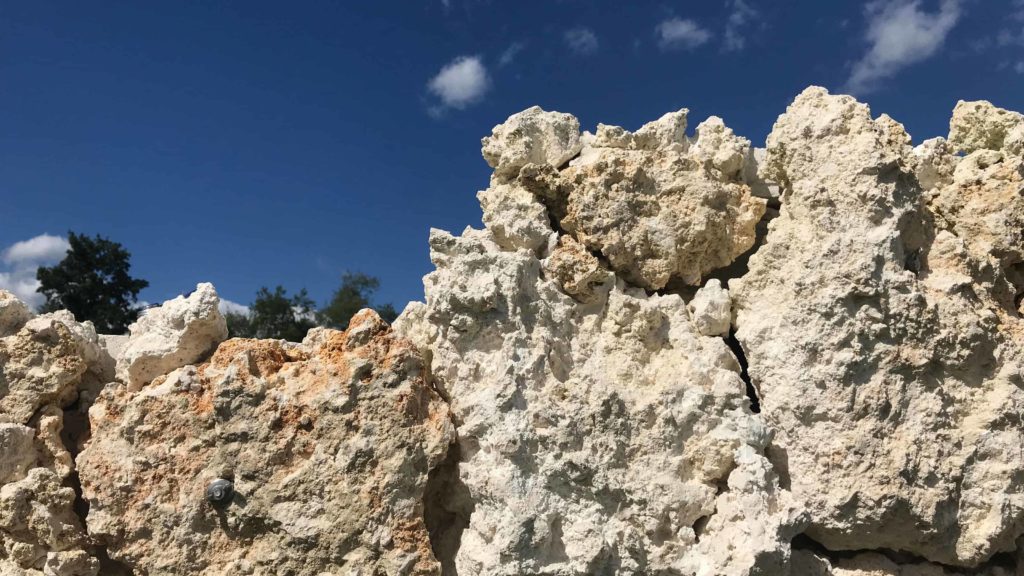
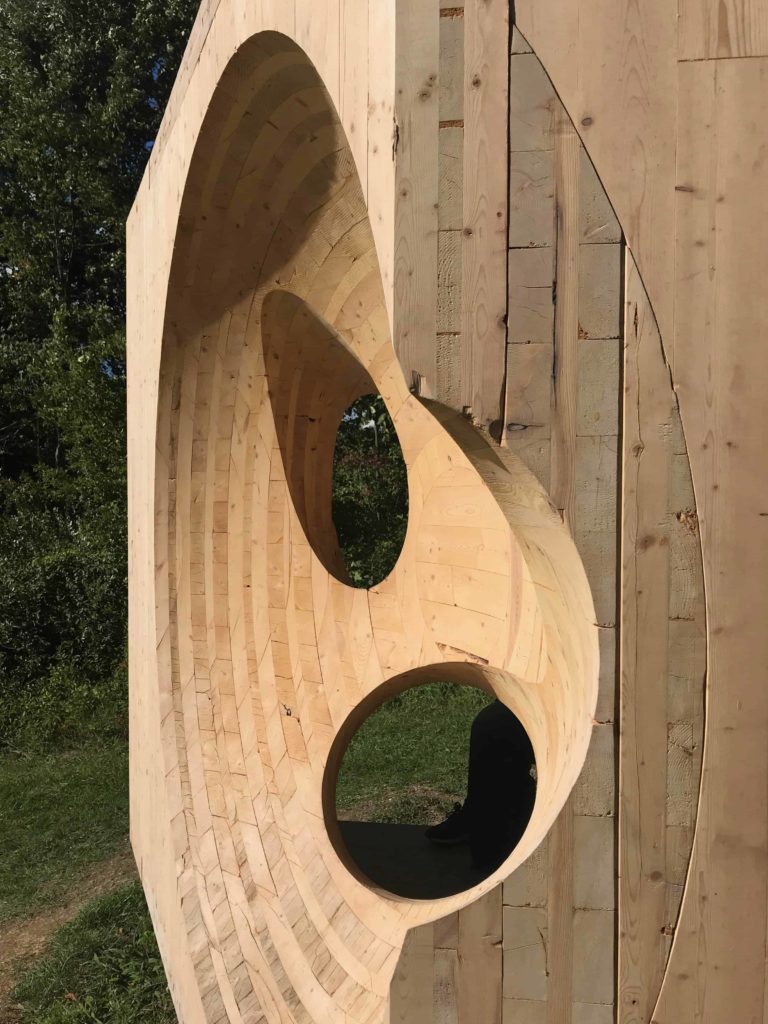
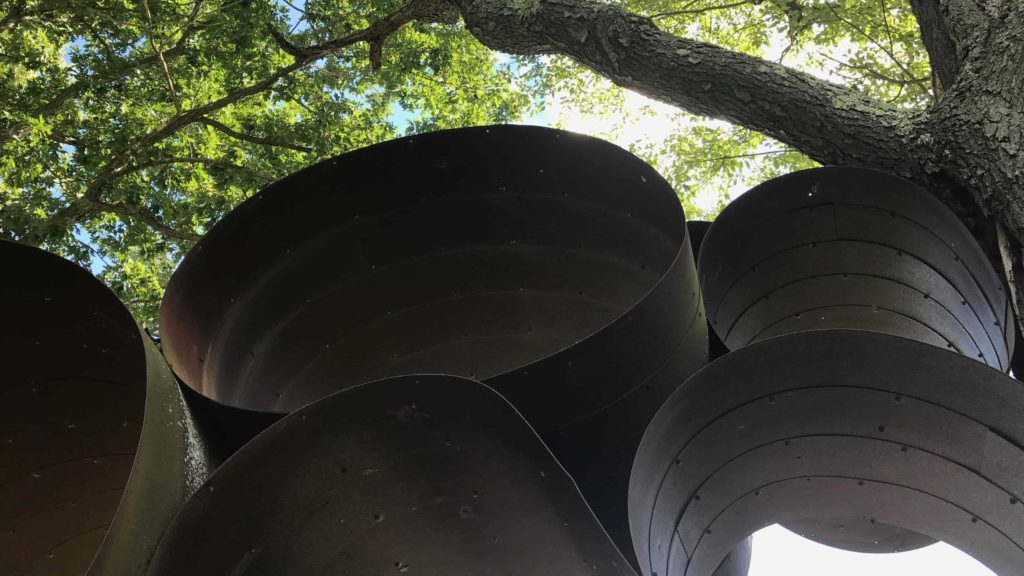
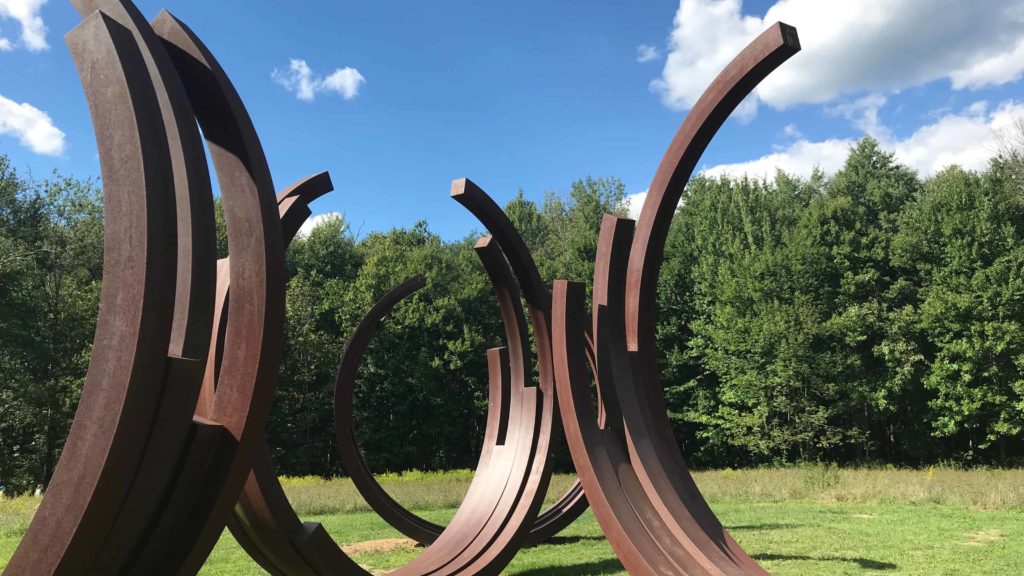
Choreographers run in the gardens
At The Mount, Edith Wharton’s historic house in Lenox, locals are listening to the fountain running over stone in the Italian garden, and young dancers with Berkshire Pulse are holding classes on the lawns.
Even in unusual times, this is a landmark summer. 2020 is the centennial of The Age of Innocence. Wharton wrote the novel a hundred years ago — she would win the Pulitzer Prize for it and become the first woman to win it for fiction.
Before Covid-19, the museum launched a year-long celebration, and they have moved their events and exhibits online, in a flow of free writers’ talks and conversations, and opened their gardens and grounds free to all comers.
And they are expanding into the fall — on June 25 the museum won a National Endowment for the Humanities grant of $300,000, the largest possible amount. It will support their staff through the summer and onward, said Rebecka McDougall, communications director.
On a warm afternoon day before the rain, the air is sweet with the flowering vine along the garden walls. People are resting on the terrace and walking the paths through the tended woods and the meadow by the water.
The Mount has re-opened their outdoor café while the warm weather holds, McDougall said, partnering with Mike Mongeon and KJ Nosh in Pittsfield and Lee. Visitors can get a picnic and find a quiet spot for it under the trees. The historic house and bookstore followed.
“People have been very respectful,” McDougall said. “They wear masks … and take care in the enclosed gardens.”
On sunny days they may hear Cantilena Choir holding outdoor rehearsals on the grounds, and new voices in Wharton’s rooms. The Mount has created a new audio tour for the house, and they are adding new virtual programming to the lineup.
They are seeing a warm response to their virtual programs, McDougall said. The earliest have regularly drawn more than 100 people, many from far beyond the Berkshires.
Julie Scelfo, a journalist, justice advocate and former staff writer for The New York Times, has talked with a series of writers about their work, and curious readers can find their conversations online — starting as she and Dr. Kerri Greenidge explore Greenidge’s new book, Black Radical: The Live and Times of William Monroe Trotter, the Harvard-educated editor of the Guardian, a weekly Boston newspaper that stirred black working-class citizens to exercise political power against the violent racism of post-Reconstruction America.
Fiction holds the stage too, as Heidi Pitlor, editor of The Best American Short Stories, returns with contemporary novelists, including bestselling writer Lily King talking about her newest novel, Writers & Lovers, as a woman at a crossroads tries to become an artist.
Wharton could have understood that struggle when she lived here. She became a writer in her time at the Mount, in her 40s, in a time of transitions. Writers may not be gathering on the terrace this summer, but visitors can rest there with a glass of iced tea … and linger over Wharton’s short stories, where she used to read Walt Whitman’s newest poems out loud with her friends on mild nights.
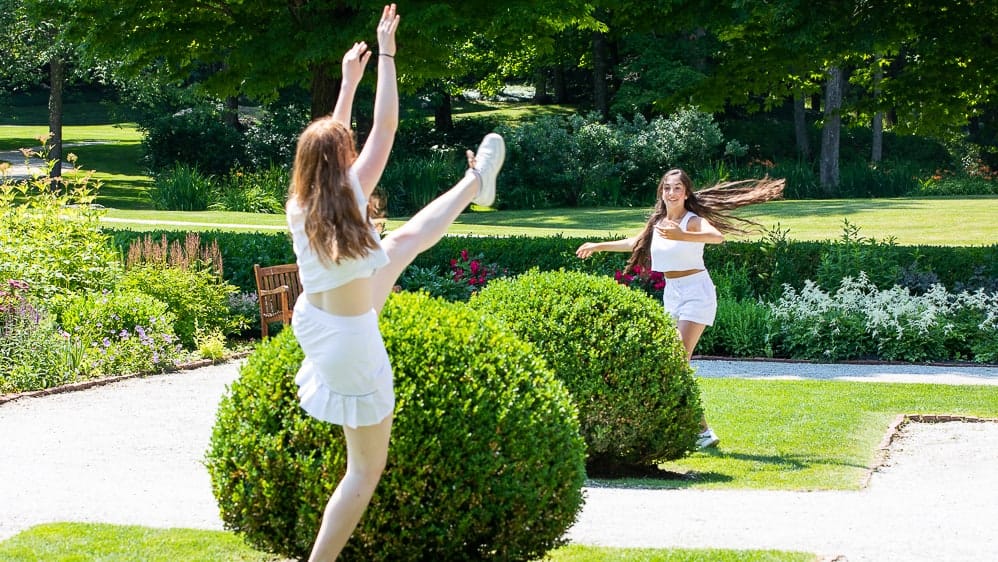
Berkshire Pulse dancers create new work outdoors at The Mount.
Writers bask in the hayfields
Up the road, writers have been coming to Arrowhead. The Mastheads writing residency program returned this summer in a carefully modified form this year, said Lesley Herzberg, the executive director of the Berkshire Historical Society, here in Herman Melville’s historic farmhouse.
Writers could find quiet hours out in the big field, in one of five spaced-out Masthead studios, which have spent the summer there.
Arrowhead re-created their summer season. This would have been the first summer she had the chance to plan, she said, since she came to Arrowhead a year and a half ago.
She is hosting livestream events, including an evening with 19th-century suffragist Lucy Stone, a talk on the collections with curator Erin Hunt and a virtual Moby-Dick Read-a-thon. And Hunt is curating an outdoor exhibit of Jim Jasper’s artwork based on Moby-Dick. He has interpreted the novel in 140 drawings, and Hunt will set them in (weatherproof) panels, turning Melville’s hayfields into a wide, expansive gallery under the open sky.
The house is also open for tours, Herzberg said, and Melville fans have been gathering virtually since the spring. Arrowhead’s writer-in-residence, Jana Laiz, has started a book group, opening with the recent biography Melville in Love, and the writer, Pulitzer finalist Michael Sheldon, has met virtually with the group.
He tells the story of Sarah Morewood, Melville’s neighbor. She was a passionately intelligent and forceful woman, Herzberg said — “she knew she was attractive, interesting and beguiling, and she used that.”
She rode a horse named Black Quake, galloping in the hills. She threw parties. She roamed outdoors. Herzberg remembers reading an account of a hike she led up Mount Greylock.
“And know one knows about her,” she said. “She’s buried here. And she died very young — of consumption, a month after her 40th birthday.”
Arrowhead has also opened their fields and grounds and nature trails, free to all. While the writers in their cabins are taking in the quiet, locals are walking through the meadows and watching iridescent blue dragonflies dart over the tall grass.
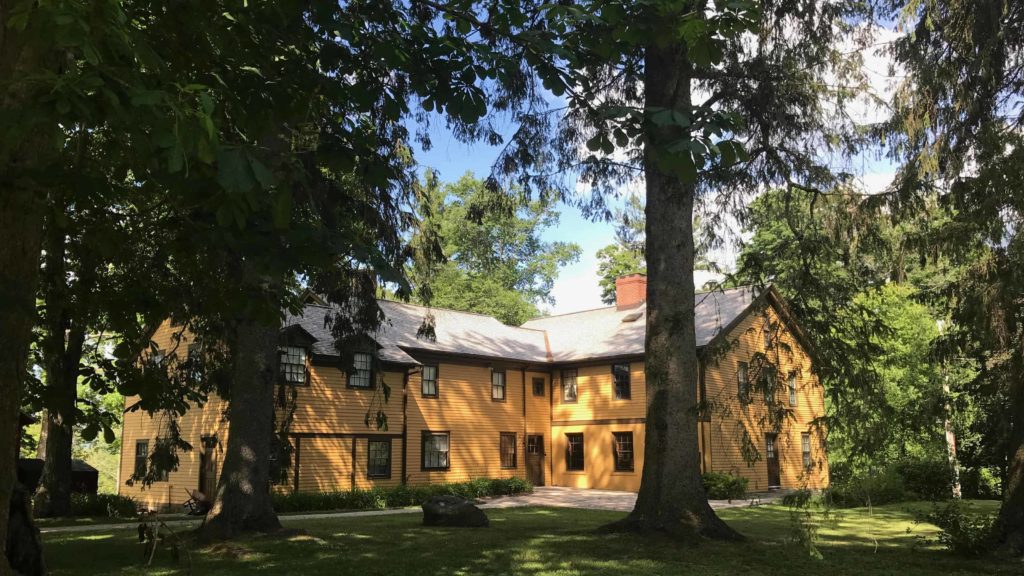
Arrowhead gleams in afternoon sunlight among massive evergreens.
Museums grow into gardens
Up and down the county, museums with grounds and gardens and trails are welcoming visitors whenever they can. The Clark Art Institute has seen steady visitors to their trails on Stone Hill in spring and summer, said director of communications Vicki Saltzman.
The museum is set to open their first first outdoor exhibition, Ground/work, and while two of their major summer shows are now postponed to 2021, the museum has been installing these site-responsive installations by six contemporary artists gradually on the 140-acre campus: new work by international artists. Kelly Akashi, Nairy Baghramian, Jennie C. Jones, Eva LeWitt, Analia Saban, and Haegue Yang have each in their own way created work in conversation with the pasture and the wildflowers, and the granite buildings with their reflecting pools and beehives.
In Stockbridge, the gardens Naumkeag opened in time for the tree peonies to bloom, Chesterwood opening its gardens and trails with outdoor sculpture, and the Norman Rockwell Museum has opened its lawns and paths among the apple trees down to the river.
Calves and kid-goats, lambs and piglets are basking in the sun at Hancock Shaker Village, and the historic Shaker gardens are heading toward harvest season.
In Vermont, Park McCullough House has opened its gardens and is opening for limited tours in early July, and the historic Lincoln family home at Hildene in Manchester is now open, with its gardens and grounds, farm and dairy and hiking trails.
Southern Vermont Arts Center at the foot of Mount Equinox is holding solo shows and a Women Take Wilson group show in honor of women’s suffrage.
And in New York State, Salem Art Works’ Cary Hill sculpture park is open dawn to dusk, gathering regional, national and international artists on almost 120 acres, on the ridge looking over the hills.
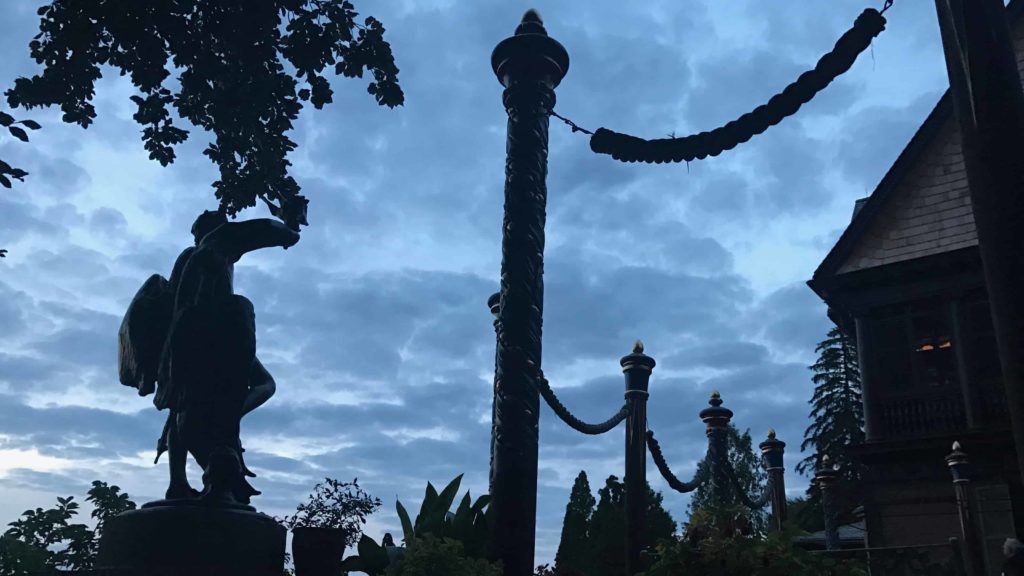



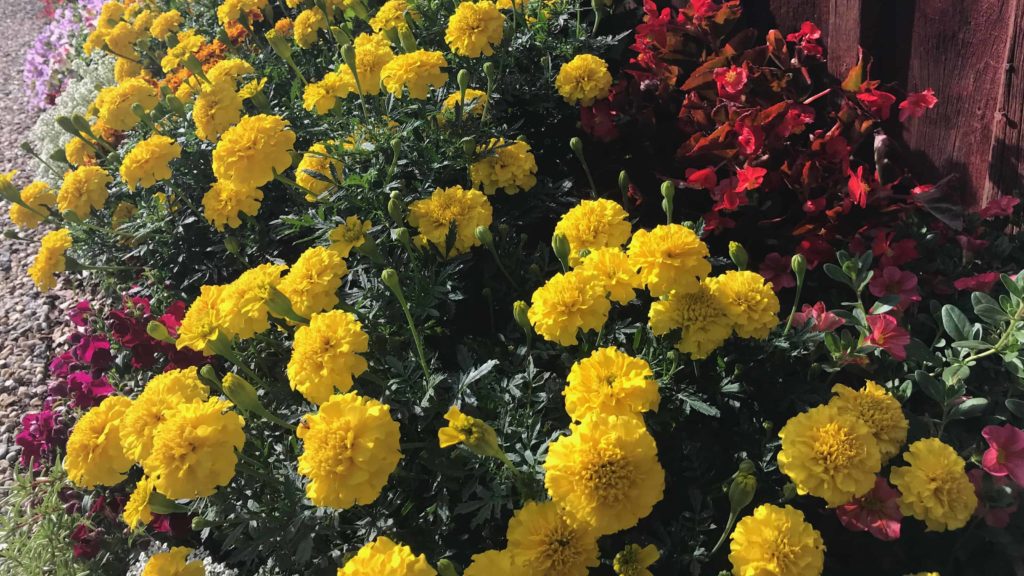
Sculptors shape the outdoors
Art OMI has more than 60 works across their own 120 acres in their Sculpture and Architecture Park, and new outdoor artwork this summer by Dan Colen, Anna Sew Hoy and Will Ryman, and Bianca Best, a young artist creating her first outdoor work.
Best often works with materials like papier maché, Puglisi said, and her work at OMI brings in massive, brilliantly colored figures like abstracted human forms. They are lithe and acrobatic, and twice life-sized, and they show clearly in the trees along the pond. The museum has cut away the undergrowth to give clear sight-lines.
Her figures are bright, positive, gestural, Puglisi said. They have a feeling of forward movement. Coming on one in the woods feels like finding an abstract painting hanging out by the water, in contrast to the steel and stone of the works around it.
On the architecture side, they are finishing a work designed by Steven Holl, and Wendy Evans Joseph, based in Columbia County, offers a sensory experience in the park, Puglisi said, something like a labyrinth, inviting people to take in views in different places, sights and scents. It draws them into focus. And Cameron Wu’s Geodesic Promenade invites people to look out at the quiet scene from changing directions and perspectives.
The park and grounds will remain quieter than usual, this summer. OMI has postponed all of their spring and summer artist residencies to 2021, she said, and the writers who would have come from March to June and the dancers, musicians and artists who would have gathered there now, in high summer.
Artists have gathered here for years from around the world — in a residency of 30 people they may have artists from 20 different countries — and OMI does not yet know when they will welcome their artists-in-residence back again.
But the indoor galleries have re-opened with a long planned a retrospective of American abstract artist Howardena Pindell, widely known for her work in major national shows from the Whitney Museum of American Art to the Museum of Contemporary Art in Los Angeles. She showed work in the Metropolitan Museum of Art’s Delirious in 2017, a wide-ranging group show of American and international artists from 1950 to 1980, and the Brooklyn Museum’s tribute the same year, We Wanted a Revolution: Black Radical Women, 1965–1985.
She is well-known for her abstract paintings and explorations in deconstruction and reconstruction, with canvases she cuts, sews, stencils and re-shapes into vivid kaleidoscopic forms. This new solo show at OMI will principally explore her work in film and photo collages.
And in the fields outside, OMI is working now with Puerto Rican artist Chemi Rosado-Seijo to build a skateboarding bowl. He has created one on his island, in La Perla, that has won recognition now around the world.
He worked with neighbors in La Perla and around the island to build a rounded bowl by hand outside the Old San Juan walls, on reclaimed land along the Atlantic Ocean. It encompasses a handmade pool, built of blocks of stone, that fills with water from the Atlantic ocean.


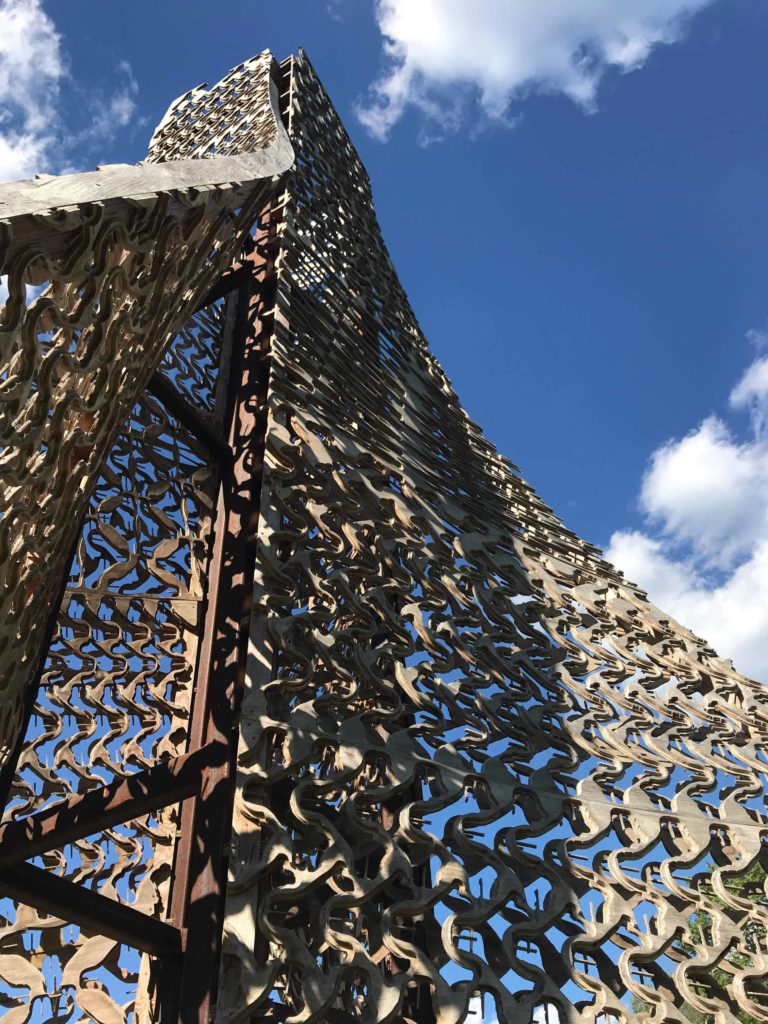
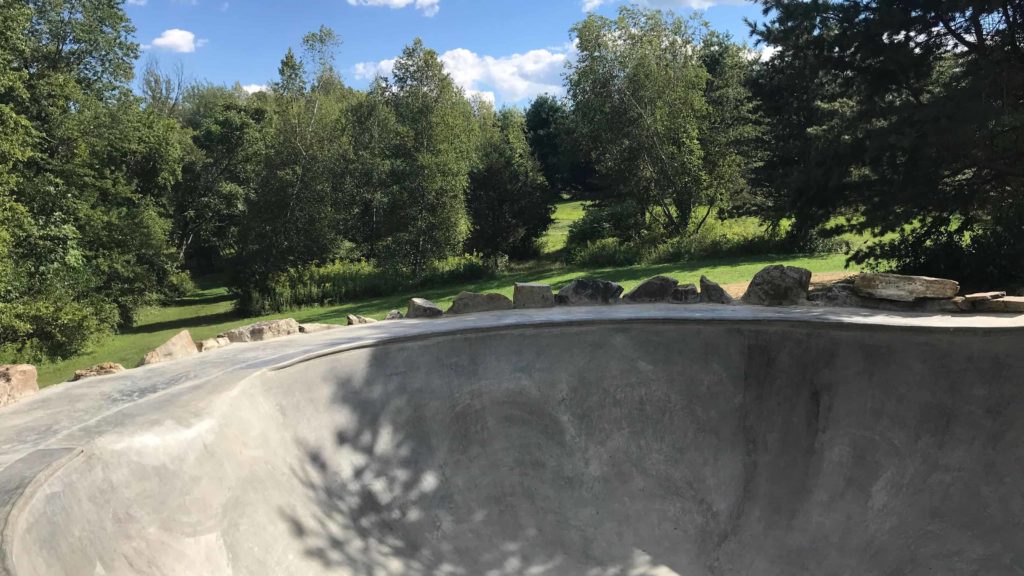
This story first ran this summer in the Hill Country Observer, and I have updated it as I re-posted it here. My thanks to editor Fred Daley.

